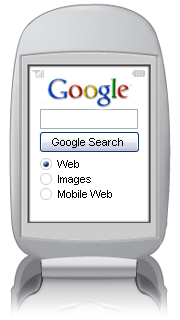 |
GPRSWeb
Rearchitecting the WWW
for Cellular Links |
Despite the efforts in reengineering
transport TCP/IP protocol to work
efficiently in cellular GPRS environments, the net end-user experience
using TCP based applications, for example, WWW or WAP browsing remain
considerably poor. Therefore, instead of using the staple TCP/IP
protocol,
we devised a new transport layer solution, i.e., a new link-aware transport protocol
especially adapted for GPRS cellular links. In this new approach
(called GPRSWeb) a client proxy
is
installed in the mobile device that communicates with a remote server proxy
located at the other end of the wireless link in the cellular
operator's network.
The dual-proxy system implements several
enhancements such as caching, parse-n-push, dynamic data compression,
delta transfers, DNS migration, message flow-control and a
receiver-centric NAK-based
error recovery mechanism to improve the end-user Web browsing
experience. We designed and
implemented GPRSWeb consisting of over 20,000 lines of code. Our
experimentation over a commercial GPRS network testbed demonstrated
that, in many cases, GPRSWeb improved end-user experience by a factor of two.
|

